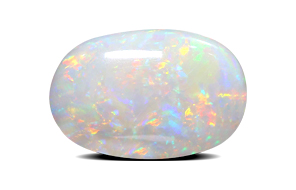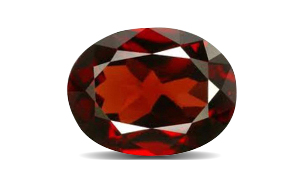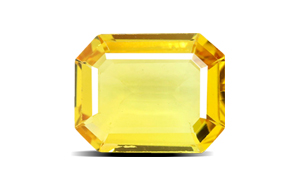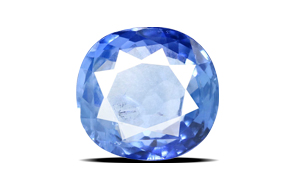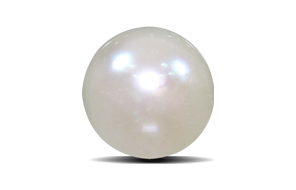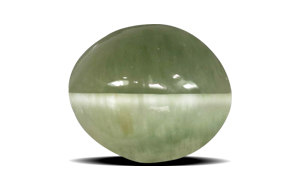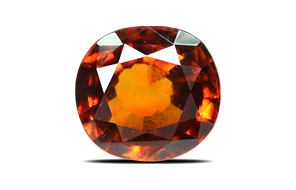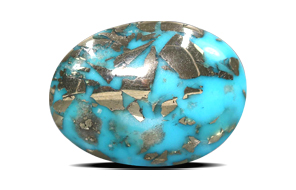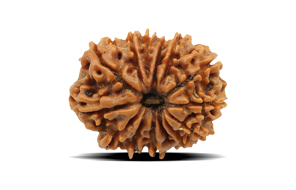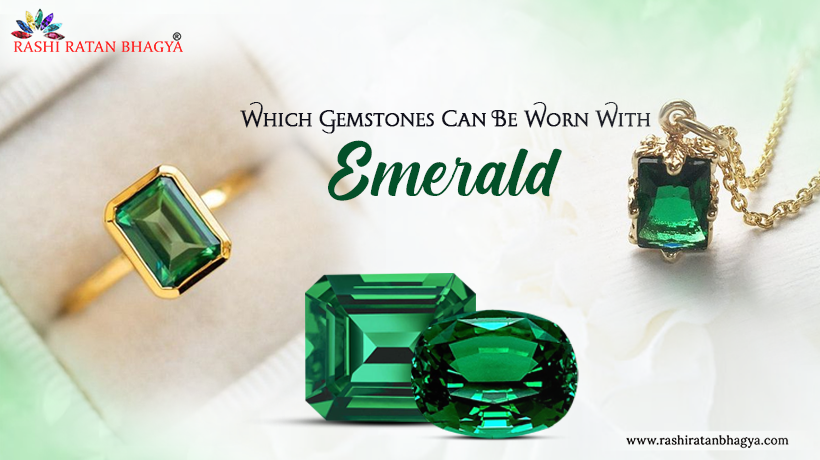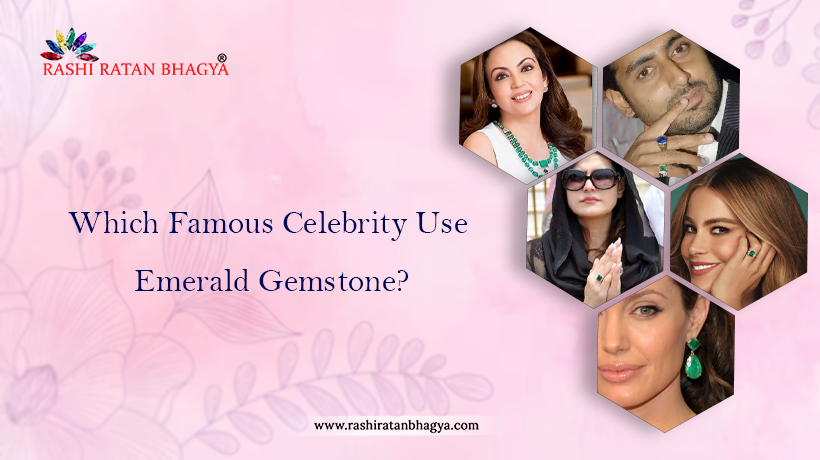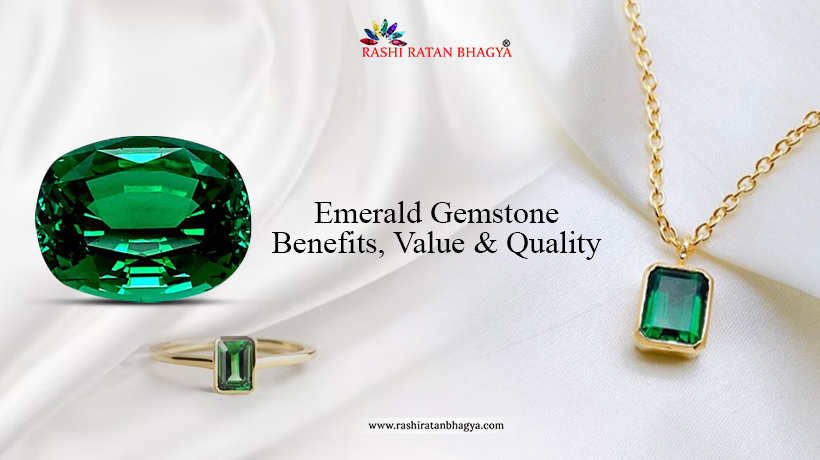The emerald gemstone is often regarded as the most popular green gemstone in the Gemstone business. Its use ranges from ancient civilizations to present life. Emeralds are members of the beryl mineral family, especially the greenish-blue variant of beryl, a mineral that has a number of color variations and even colorless stones. Other color variants within the beryl family include morganite and aquamarine gemstones. Emeralds are known for their distinct and attractive color, which ranges from mild green to deep, rich green. This brilliant green tint has been prized for generations, making emeralds one of the most valuable jewels in the world.
Emeralds are derived from the mineral beryl, which is composed of beryllium aluminum cyclosilicate. The inclusion of chromium and, on rare occasions, vanadium contributes to the characteristic green hue of emeralds. These gemstones are formed by geological processes that occur within hydrothermal veins or pegmatite deposits, where appropriate heat and pressure conditions allow for the steady formation of emerald crystals over millions of years.
The hue of emeralds is the most important aspect in determining their value. The most valuable emeralds have a pure, vivid green hue with excellent clarity. Subtle blue or yellow overtones may be seen, but a deep and vibrant green tint devoid of any undesirable tinges is quite popular. Inclusions, also known as "jardin," are widespread in emeralds and are typically accepted as part of the gemstone's inherent character as long as they do not adversely affect the gemstone's durability or clarity.
The Natural emerald stone, also known as Panna gemstone, is an essential member of the Big 4 club, which also includes sapphires, rubies, and diamonds. Here in this Blog, we try to explain to you how you can check whether your Emerald gemstone is Real or Not.
What Are The Ways To Identify Whether Your Emerald Is Real Or Not?
It might be difficult to prefer the reality of an emerald, but there are various approaches and aspects to determine whether an emerald is real. Below We mention some tips and ways to identify that emerald is fake or Real!
Look For Flaw Of Emerald Gemstone
In the Gemstone a Natural defect which also known as inclusions, may be observed inside Natural or real emerald gemstones with the naked eye or a magnifying glass. Keep an eye out for these points:-
- Lines or cracks going through the emerald stone which was known as fissures.
- Crystal-like shapes or fragments are absent which are known as chips and cavities.
- Inside the Panna stone, there are tube-like lines close to each other which are called growth tubes.
- Spiral and twisted shapes:- These form when water becomes trapped in the emerald as it develops.
- Fingerprint-like shapes:-Bubbles occur when the emerald is produced.
- Green, blue, and yellow are all irregular in color. Flaws are responsible for color zoning.
If you don't notice any of these inherent faults in the Panna stone is probably false or man-made. These distinct flaws may be seen in real panna stones.
How to Tell If Blue Sapphire Is Real Or Fake?
Look For Color In The Panna Gemstone
Real emeralds are often a bright green hue. So you can Look for a hue that is similar to the green tones associated with emeralds. These can include bluish-green, yellowish-green, or pure green with no notable overtones. Original emeralds frequently exhibit a deep and strong color saturation. While high-quality emeralds may have fewer inclusions, the existence of some inclusions indicates that the panna gemstone is real not a fake one.
Check The Sparkles In The Emerald Gemstone
Original emeralds do not glitter with rainbow colors or "fire," like other jewels do. When held up to the light, a real emerald should not exhibit strong color fluctuations or sparkling sparkles. If the stone emits a lot of bright fire or glittering rainbows, it is most likely a false emerald. Real emeralds have a more mellow glow with no bursts of color.
Examine Hues Of Emerald Gemstone
Natural emeralds come in a variety of green colors, ranging from delicate mint to deep forest tones. The most sought-after and costly colors are a pure, brilliant green or a bluish-green teal. When inspected with the naked eye, the green hue should be uniformly spread throughout the stone, with no noticeable uneven spots or color banding.
A high level of transparency and clarity is also required in an ideal emerald stone. Cloudiness, opaque patches, or hazy areas indicate a lower-quality image. A top-quality emerald gemstone is distinguished by its rich, deep, consistent green hue and outstanding translucency. Stones with these characteristics will be uncommon and highly sought after by collectors and jewelers. Color saturation, distribution, and transparency may all be used to determine an emerald's genuine visual quality.
Look For Clarity In Your Emerald Gemstone
Natural emeralds frequently feature a distinctive pattern of inclusions that mimic greenery or garden-like patterns. These inclusions indicate that the emerald is Real not a fake one. Real emeralds contain a hexagonal crystal structure, which may be seen via facets or while examining the emerald from different angles. To determine the existence of inclusions in emeralds, gemologists employ a clarity grading system. Because of the presence of inclusions, natural emerald frequently falls into the lower clarity classifications. Clarity is one of the major factors that determines whether the emerald is fake or real.
Check The Transparency Of Panna Stone
Real emerald gemstones are often transparent, enabling light to penetrate through the gemstone. However, certain treated or filled emeralds may have increased transparency. If the emerald seems overly transparent or lacks any internal features, it may be a synthetic, treated, or fake Emerald stone.
Look For Magnification In Your Emerald Stone
Using a jeweler's loupe or a microscope, examine your emerald gemstone under magnification. Look for natural inclusions, growth lines, and other distinguishing characteristics. The internal architecture of synthetic emeralds may be more flawless, such as continuous growth patterns or a lack of inclusions. If your emerald is more flawless inside your panna stone your emerald gemstone may be fake not a real panna gemstone.
Use A Dichroscope To Check Your Emerald Gemstone Is Real Or Fake?
The dichroscope is an excellent tool for evaluating whether an emerald is natural or manufactured in simple words we can say it is a device that is used to check whether Emerald is Real or Fake. This compact, portable gadget allows you to see the gemstone from various angles and study color changes. Natural emeralds exhibit remarkable dichroism when viewed via a dichroscope, which means the color fluctuates between blue-green and yellow-green depending on the viewing direction. This is due to the chromium ions' particular molecular structure and position in a Real Emerald crystal. The color shift will be drastic and visible.
How can you tell if a yellow sapphire is real or fake?
The absence of dichroism indicates that the stone emerald is fake, but a dramatic color change verifies the existence of a high-quality real panna ratan. Jewelers and gemologists may rapidly identify original emeralds using this simple optical test based on their intrinsic dichroic features. The dichroscope is a dependable method for screening emeralds and ensuring their originality as natural emerald gemstones.
Examine The Facet For Wear And Tear
Pay attention to the margins of any gemstone that looks to be composed of glass or a similar delicate substance. If the edges appear dull and worn, the stone is most likely not real. Fake glass "gems" typically have a rough texture similar to orange peel and slightly rounded edges on their facets. Examining the Panna stone closely with a magnifying lens will help you notice these traits more easily. If you find that your emerald edges appear dull and worn it is a very clear and high chance that your emerald is fake or manmade.
Look Layers In Your Panna Stone
To spot a "Soude" imitation gemstone, check for its unusual multi-layered architecture. A green layer is sandwiched between two transparent layers of material to create this sort of imitation emerald. When the stone is unmounted, the best method to see the stratified structure is to immerse it in water and look at it from the side. As separate bands flow through the stone, the various materials and hues will be seen.
Examine the girdle region of a mounted Soudé stone using a loupe or microscope. Look for any unusual color fluctuations or transitions that might point to the existence of many layers of materials. The interfaces between the layers may cause unusual variations in hue or clarity around the stone's edges and perimeter. Irrational color zoning around the girdle, albeit harder to see, can indicate a Soudé copy rather than a true solid emerald. The manufactured nature of this sort of imitation emerald may be recognized with time and thorough scrutiny.
Price Valuation Of Emerald Gemstone
Real emeralds may attract high prices, ranging from $10000 to $100,000 per carat or more. Be wary of emeralds sold at abnormally low costs, as they are sometimes counterfeit. When purchasing from a trustworthy seller or business, it is best to acquire a certificate of authenticity from a respected laboratory to confirm the legitimacy of your purchase.
Real Emerald Stone Price in India ranges between Rs. 3,515.50 - Rs. 59,434.20 per Ratti. A Panna stone or Emerald stone in India is also much in demand because it is one of the Navratans. The price of Panna stone depends highly on the cut, clarity, color tone and origin of the gem. You should buy the stone from a trustable retailer to get original Emerald gem
While Buying An Emerald Check Whether the Panna Is Real Or Not Check The Gemstone Certification
If you have any doubts regarding the genuineness of an emerald, seek the advice of a certified gemologist or appraiser. Look for persons who have been accredited by respectable national organizations such as the American Society of Appraisers or the American Gem Society, or who have a gemology degree. Independent, third-party appraisers are preferable to those associated with a certain jeweler or merchant. Be careful of any appraiser who stands to profit by confirming the stone's high value.
Appraisal prices might vary greatly, so inquire about pricing in advance. Some charge by the hour, some by the piece, and yet others by the carat. Accepting appraisals that charge a percentage of the assessed market value offers an incentive to exaggerate the evaluation. A reasonable, flat-cost structure contributes to an objective, professional review. The exam will include a sophisticated gemological examination that goes beyond what can be done at home. Finally, a trained appraiser can give definitive proof of your emerald as well as peace of mind regarding its genuineness.
Why you should Buy from Rashi Ratan Bhagya?
Rashi Ratan Bhagya is the world's top loose gemstone supplier, with over 4000+ clients worldwide. Natural and high-quality gemstones are available at wholesale prices. Rashi Ratan Bhagya sells original gemstones from various origins all over the world. We earned the confidence of our customers all around the world by providing them with authentic and natural loose gemstones. Everyone recognizes that wearing a Natural Emerald gemstone will offer the desired results.
RRB (Rashi Ratan Bhagya) guarantees that our customers receive only high-quality natural gemstones. All of the gemstones offered at our site are 100% original, natural, and government-certified, so you can buy Real Emerald gemstones from RRB with confidence. All gemstones at Rashi Ratan Bhagya are certified by National and Internationally renowned institutes such as GIA, IGI, ITLGJ, GRS, IIGJ, IGITL, AGR, and many other international Gemstones Testing labs to ensure that your gemstone is 100% Natural.







